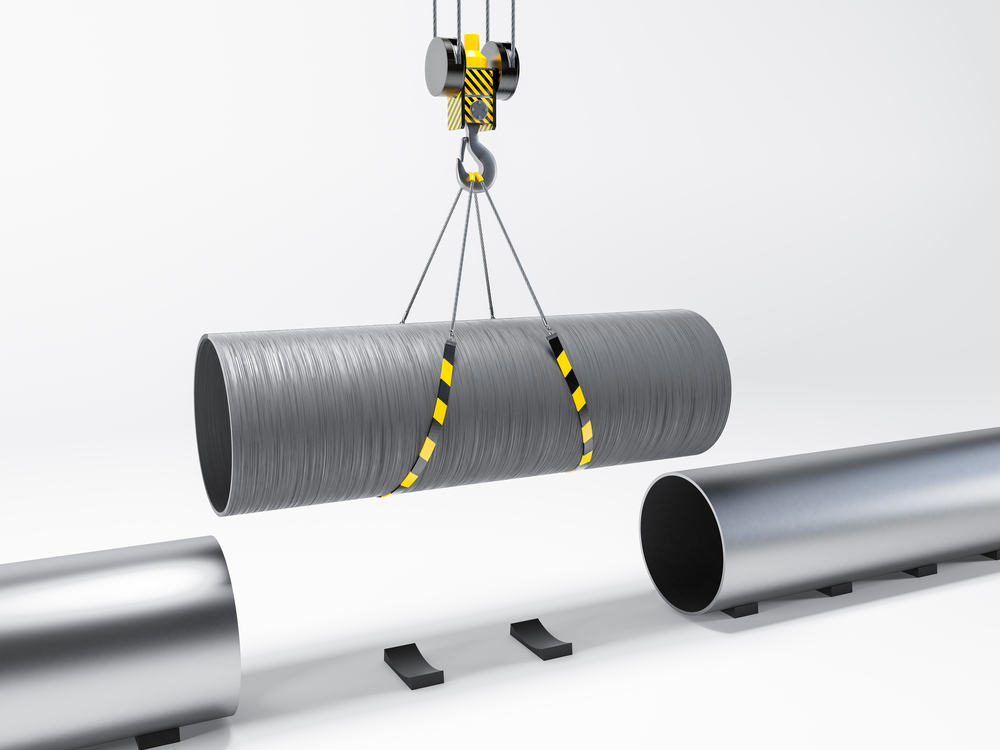
In the world of city planners and commercial contractors, knowledge of which steel piping serves which purpose is essential. Not all pipes are created equal, and though we know the overall benefits of steel piping above others (sustainability, durability, and versatility), learning its applications for larger-scale projects can be challenging.
When placing an order with a steel pipe distributor for an infrastructural project, it’s critical to know which pipe and tube types align best with the function at hand.
Water & wastewater
Structural integrity is crucial for the transportation of water and wastewater, so large-diameter stainless steel piping is the most common choice for municipal waste water treatment plants (WWTPs). This kind of piping can handle the immense pressure of surging wastewater while fighting corrosion.
“Stainless steel Types 304/304L and 316/316L are the principal materials used for bar screens, grit removers, weirs, bolting, slide gates and aeration basin, digester and sludge piping in municipal waste water treatment plants today,” write A.H. Tuthill and S. Lamb in a study for the Nickel Development Institute.
Furthermore, Tuthill and Lamb write, stainless steel piping can be a very cost-effective solution.
“Although initial capital costs may be greater than for other material systems, stainless steel provides long term durability, lower overall maintenance costs and cost savings over the long term.”
Oil & gas
For utility services, a carbon steel pipe with high and low-temperature capabilities is needed. Seamless line pipe (API 5L) is the top choice for transporting oil and gas.
Seamless steel piping has many advantages over traditional, welded steel piping. Firstly, it can handle up to 20% more pressure than a standard welded pipe. Secondly, they’re less malleable, with the lack of a seam leading to lower likelihood of damage, leaking, etc.
The fairly involved production process makes them costlier upfront, but will lead to less maintenance expenses down the line.
Structures
Rectangular steel tubing is the go-to for structural purposes. The main differences between steel piping and steel tubing are their dimensions and their tolerance.
Tubes are smaller in diameter with a looser tolerance, as they are structural materials and not used to transport high-pressure substances.
Rectangular steel tubing can be used to create foundations for large buildings (even skyscrapers!). The use of steel tube piles is prominent in the construction of bridges, docks, roads, and railways as well. They provide a strong foundation for large buildings, transportation elements, and beyond.











